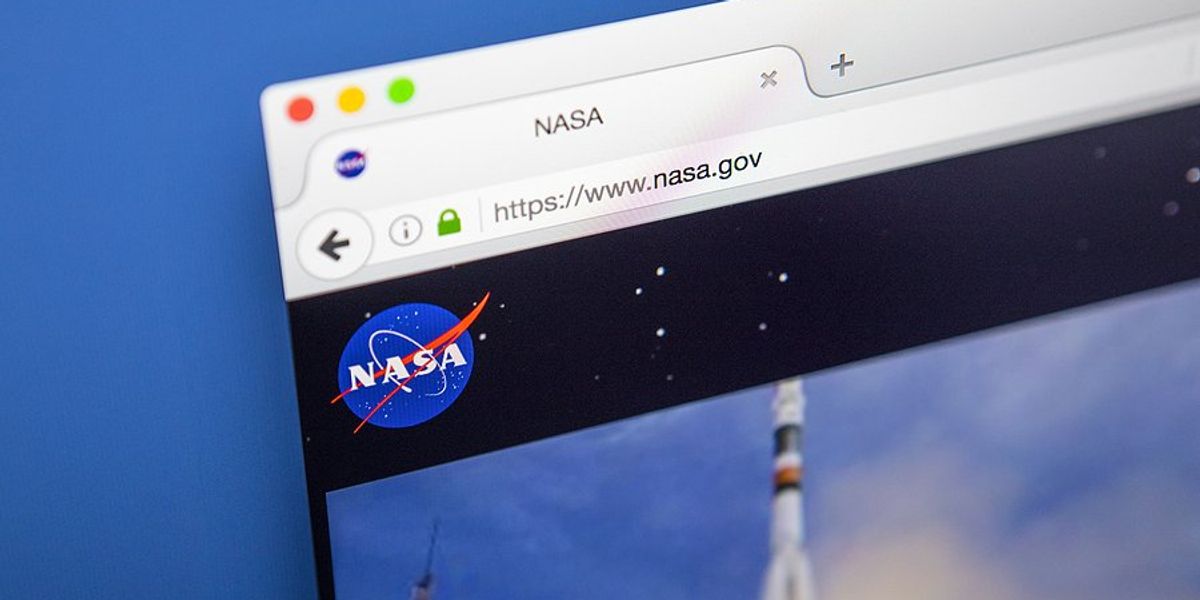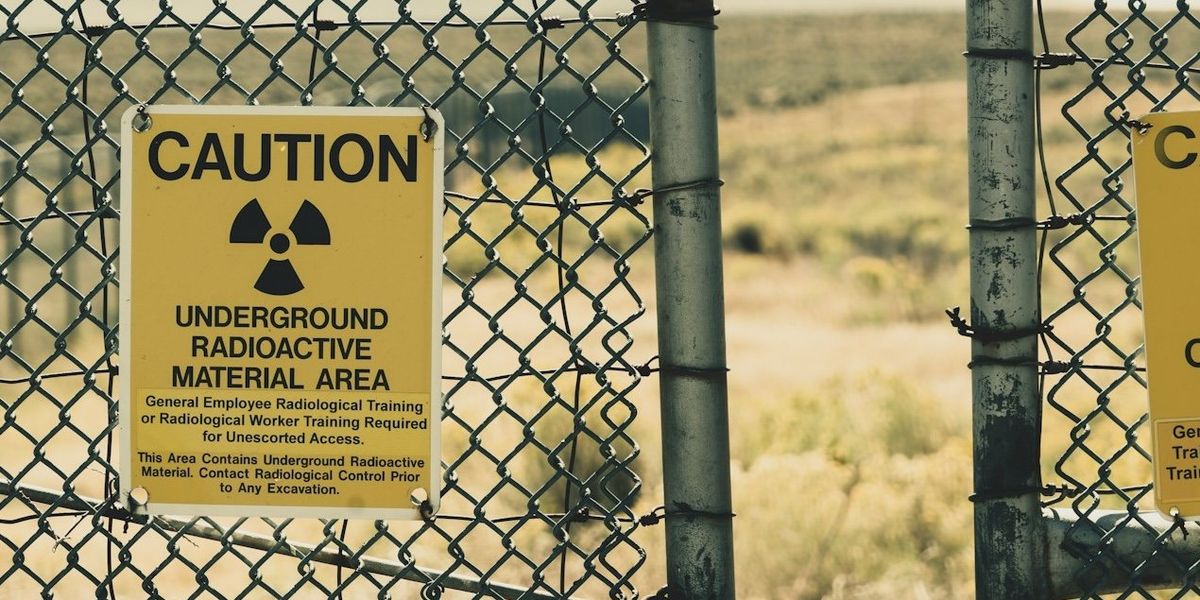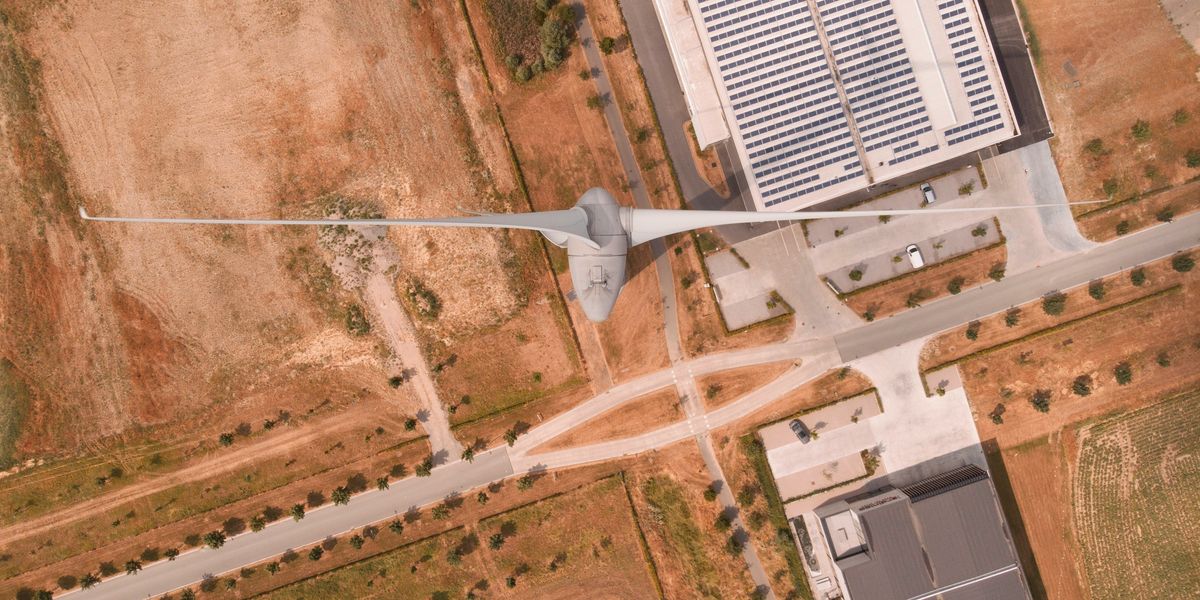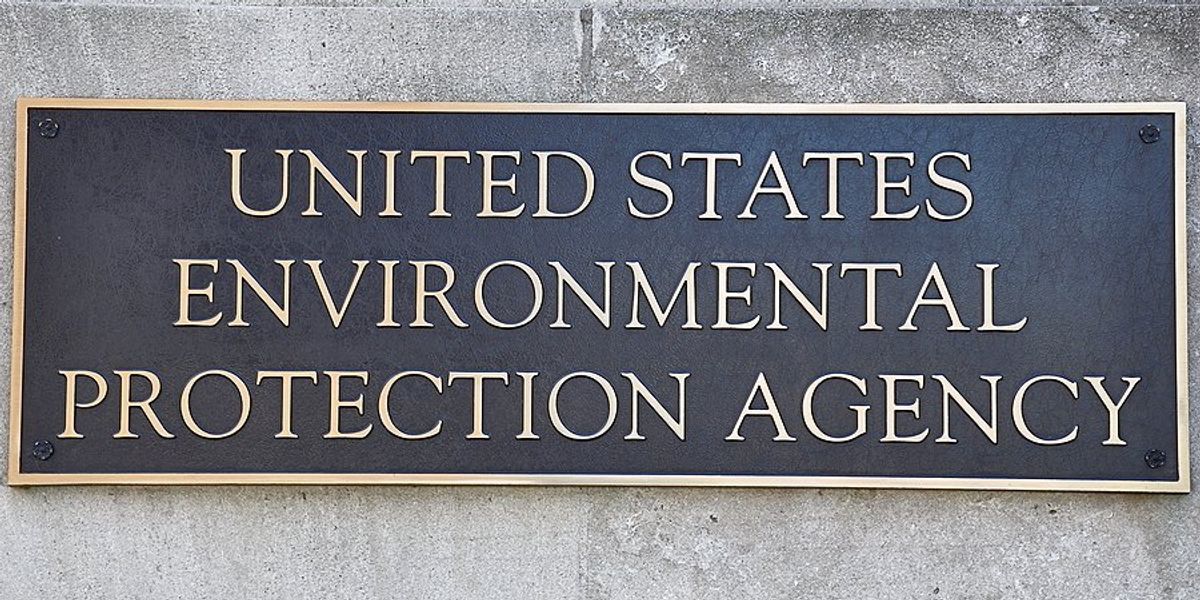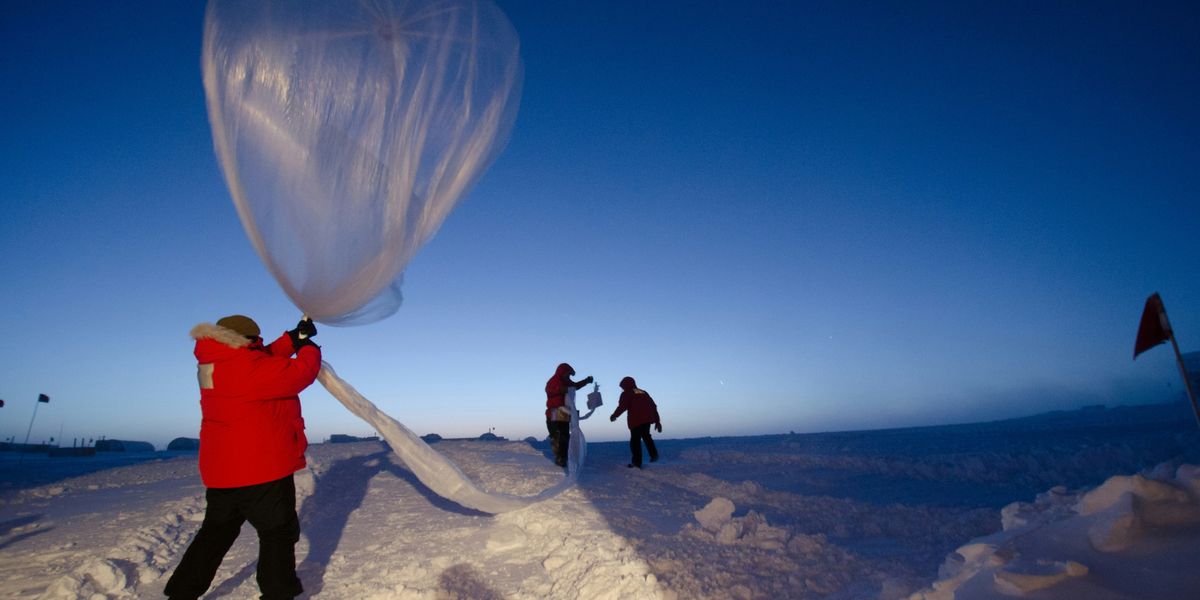
Weather balloon cuts could weaken U.S. storm forecasting ahead of tornado season
Meteorologists warn that slashing weather balloon launches across key northern states will likely degrade U.S. forecasts just as spring storms intensify.
Seth Borenstein reports for The Associated Press.
In short:
- The National Weather Service has cut or reduced balloon launches at 11 sites, including Omaha, Albany, and Kotzebue, after widespread layoffs under the Trump administration.
- Weather balloons provide mid-atmospheric data essential for storm forecasting, especially where the jet stream drives severe weather.
- Experts say forecasts will become less accurate during a critical season for tornadoes and extreme weather in the central and eastern U.S.
Key quote:
“The thing about weather balloons is that they give you information you can’t get any other way. It’s an absolutely essential piece of the forecasting system.”
— D. James Baker, former NOAA administrator
Why this matters:
For nearly a century, weather balloons have quietly lifted twice daily into the atmosphere from sites across the U.S., feeding critical temperature, humidity, and wind data into forecasting models that underpin everything from routine forecasts to life-saving tornado warnings. But with budget cuts, many of those balloons are being grounded, especially in the Midwest and Northeast, regions where upper-atmosphere readings are key to predicting powerful spring storms. The result is a growing gap in the nation’s weather data network, leaving meteorologists with fuzzier forecasts and emergency planners, farmers, and entire communities more vulnerable to flash floods and severe weather events. As storm season ramps up, the impact of these missing data points may extend far beyond inconvenience, potentially costing precious minutes in warning time when lives are on the line.
Related: Trump cancels disaster training for meteorologists amid budget cuts

